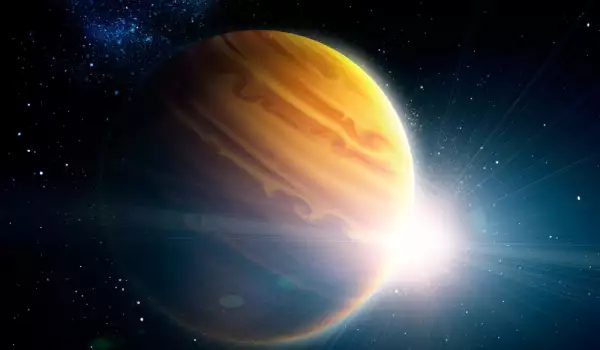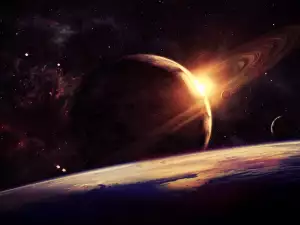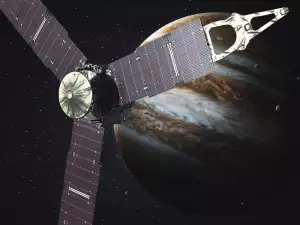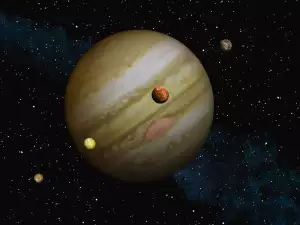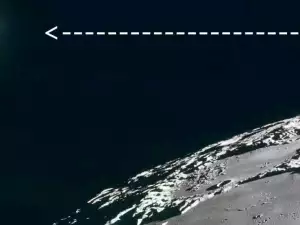The 5th planet from the Sun, Jupiter, has 67 moons in total, with just 16 of these being irregular satellites. They are divided into 3 main groups.
The 1st group of satellites are those closest to the planet. The 4 largest ones are the Galilean moons, named so for their discoverer - Galileo Galilei. These are Io, Europa, Ganymede, and Callisto. The small Amalthea also belongs to this group. These are the best known of Jupiter's moons, which can be seen from Earth with a simple pair of binoculars on a clear day.
Ganymede is Jupiter's largest satellite, as well as the largest moon in the Solar System. Its diameter is greater than that of Mercury's. Its surface has a complex of tectonic linear formations and numerous impact craters. It is posited that they formed as a result of tectonic activity, furrowing its surface. Another theory is that they formed after liquid water seeped into the small cracks and froze.
Io is the first body in the solar system, aside from Earth, on which a man-made satellite has found active volcanoes. The surface of this moon of Jupiter is dotted with black lakes of lava. The silhouettes of volcanic explosions stand out in the background of space like a misty glow.
As for the 3rd of Jupiter's satellites in the 1st group, Europa, scientists believe it may contain simple forms of life. The basis for this theory is the fact that the surface of the satellite is covered with thick layers of ice, underneath which the temperature is higher and the water is in a liquid state.
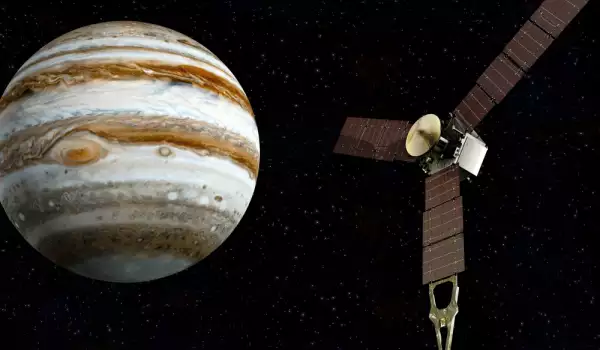
Callisto - the 4th satellite, resembles Earth's Moon, covered in dirty ice. Its surface is also littered with hundreds of impact craters and a system of rings has formed around it as a result of meteorite impact.
Amalthea, the 5th satellite that orbits around the planet, has a diameter of just 106 mi (170 km). Due to its small size, it orbits closest to Jupiter.
There are 5 small satellites in the 2nd group of Jupiter's satellites, located at a significant distance from the planet. All we know about them is that they complete a full orbit around it in 250 days.
The 3rd group of satellites is the farthest from the planet. The bizarre thing about them is that they orbit in the opposite direction of the other moons, and for periods a bit longer than 1 Earth year.
